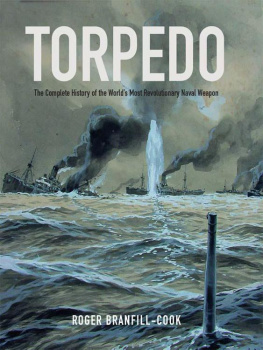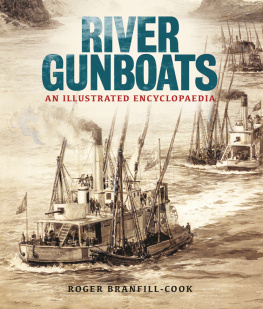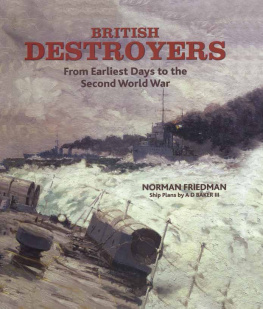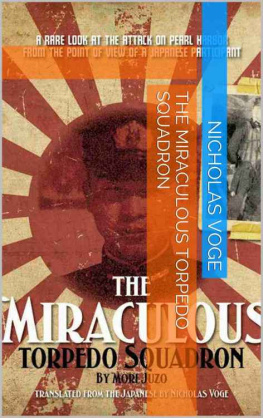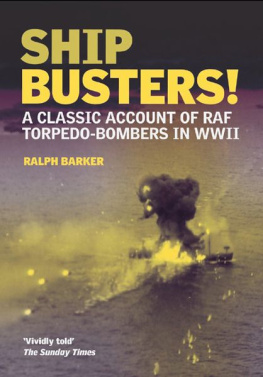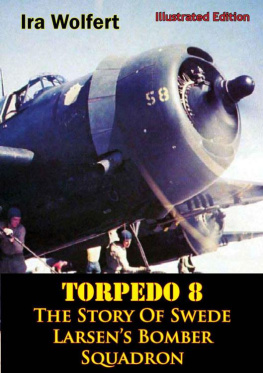TORPEDO


FRONTISPIECE: The Battle of Pachoca, 6 May 1877, the first time a locomotive torpedo was fired in anger: launched by the British ironclad frigate Shah, the torpedo missed its target, the rebel Peruvian turret ship Huscar (see page 170).
Copyright Roger Branfill-Cook 2014
First published in Great Britain in 2014 by
Seaforth Publishing
An imprint of Pen & Sword Books Ltd
47 Church Street, Barnsley
S Yorkshire S70 2AS
www.seaforthpublishing.com
Email info@seaforthpublishing.com
British Library Cataloguing in Publication Data
A CIP data record for this book is available from the British Library
ISBN 978 1 84832 215 8
All rights reserved. No part of this publication may be reproduced or transmitted in any form or by any means, electronic or mechanical, including photocopying, recording, or any information storage and retrieval system, without prior permission in writing of both the copyright owner and the above publisher.
The right of Roger Branfill-Cook to be identified as the author of this work has been asserted in accordance with the Copyright, Designs and Patents Act 1988
Typeset and designed by Ian Hughes, Mousemat Design Limited
Printed and bound in China
Contents
Acknowledgements
Wherever possible the illustrations included in this book are credited to their originators or to the institutions which hold them for future generations. I have been collecting and reading books on naval subjects for over fifty years, which means that many of the authors whose works I quote left us many years ago. Others are still alive, but not even the editors of their last works can trace them.
When information has been discovered on the Internet, and the original source is either not stated or was unknown, I have not hesitated to reproduce the appropriate illustrations, lest they be lost to our common pool of knowledge with the disappearance of the website. If any of the authors and artists whom I have been unable to contact, even after extensive enquiries, see their work included in this book, it is with the aim of giving them full credit, and referring readers to find and browse their books with the same pleasure that they have given me.
I must record my sincere thanks and appreciation to the following who have aided me in putting together this encyclopedia. Without their contributions the work would have been the poorer.
Hallvard Aasdalen, Bjrn Bakkhe and Kjell J Glosli for help with the Oscarsborg torpedo battery.
Dennis Andrews for permission to use his painting of the wreck of the Kursk.
Scotia Ashley of the National Library of Australia and Anastasia Symeoides of Fairfax Media Syndication for help on the Kempenfelt accident.
Scott Belcher of Chatham Historical Dockyard, for access to HMS Gannet and HMS Ocelot.
Martin Bellamy of the Society for Nautical Research for help re the lithograph of HMS Shah and Huascr.
Sophia Brothers of the Science Museum, for permission to use the photo of the TB 17 and TBD Tartar
Andrew Choong of the National Maritime Museum, Greenwich, for help in searching the archives.
Debbie Corner, George Malcolmson and Alex Geary at the RN Submarine Museum.
Martin Dean of adusDEEPOCEAN and Andy Liddell of SalMO for permission to use the sonar scan of the wreck of HMS Royal Oak.
Terry Dickens of World Naval Ships Forum, for permission to use his photo of Maill Brz.
Dan Dowdey of the Friends of the Hunley, for permission to use his painting of the CSS Hunley.
Jeff Dykes and Brian Hodder for details of the Sidon disaster.
Mr Robert Elder of the National Museum of the Pacific War, Fredericksburg, for the photo of the USN pentad mount.
Peter Enne and Thomas Ilming of the Military History Museum, Vienna, for photos of the Viribus Unitis model and torpedoes in the museums collection.
Maciej Florek, snakedoc, of www.ubootwaffe.pl, for permission to reproduce photo and information on U-boat torpedo tubes of WW2.
Francesco Franchi for his drawing and photos of the Mignatta and of his diorama.
Paul Freshney of Model Boats magazine, for permission to reproduce the painting of HMS Khartoum.
John Gidusko for his help and advice re the USS Liberty incident.
Captain Tim Johnson for permission to reproduce his painting of a Daphn-class submarine.
Lauren Jones of the Royal Engineers Museum, Chatham, for access to the Brennan collection.
Fritz Koopman for permission to use the photo of his model of PT 109 shot by Matt Grzybinski.
John Lambert and Al Ross for permission to use their range of drawings.
Anthony Lovell of the Dreadnought project, for advice re the Knigsberg explosion.
Jerry Mason of uboatarchive.net, for help with Kriegsmarine torpedoes and submarine tubes.
Michael Mohr of navsource.org, for the photo of USS Florida.
David Moore, for permission to use his drawing of the Brennan launch sequence.
Jean Moulin and Stphane Gallois for help with the Simonot device.
The staff of The National Archives reading room, Kew.
Yvonne Oliver of the Imperial War Museum, for help in sourcing photos.
Dick Osseman for allowing me to use his photo of a Turkish Gatling gun.
Richard Pekelney of the San Francisco Maritime National Park, for permission to use the naval documents available on their website.
Mark Postlethwaite at www.posart.com, for permission to reproduce his painting of the Blcher under attack.
Nancy Richards of the USS Bowfin Submarine Museum and Park, Hawaii, for photos of the Mark 27 Mod 4 Cutie.
John Roberts, John Coker and Marc Farrance of Explosion, for access to the collection and their advice.
Peter Schupita for permission to include his drawings of Austro-Hungarian Whiteheads.
Tim Short of gracesguide.co.uk, for permission to reproduce the drawing of TB Kotaka.
Erwin Sieche for permission to use his drawings of Szent Istvn, for the information on Rizzos torpedoes, and much other valuable help.
Gnther Sollinger of Riga, Latvia, for help on the German FL-boats.
Mme Souvignet of the Muse de la Marine, Paris, for permission to reproduce the painting of the Vauban.
Mark Stewart, ASAA, for permission to use his painting of the Last Dam Busters.
David M Sullivan for sourcing a back edition of Warship International and for help with contacts.
Tom Tanner of Lothian, Maryland, of BB_Ops.tripod.com for his help on Imperial German Navy torpedo tubes.
Conrad Waters for help on modern torpedoes.
Ross Watton for permission to use his painting of Norge and Eidsvold.
Oliver Weiss of Waldenfont.com, for the view of his firms model of USS Alarm.
Dr Frank Wittendorfer of the Siemens Archives, for the photos of the FL-boats.
Jenny Wraight, Royal Navy Admiralty Librarian, Portsmouth, for guidance.
And my especial thanks go to my editor, Robert Gardiner, for his help and encouragement.
Roger Branfill-Cook,
Ivoiry
Introduction
The torpedo was the great leveller of the age of the ironclad, and the principal weapon of the U-boat forces that nearly secured victory for Germany in both world wars. Winston Churchill said that during the whole of the Second World War the only threat he really feared was the U-boat offensive in the Atlantic. In the Pacific, the torpedo was the weapon used by the US Navy to sink the majority of Imperial Japans warships and virtually all of her merchant fleet between 1941 and 1945, isolating her island garrisons and strangling the Home Islands themselves. It was torpedoes which sealed the fate of the
Next page
